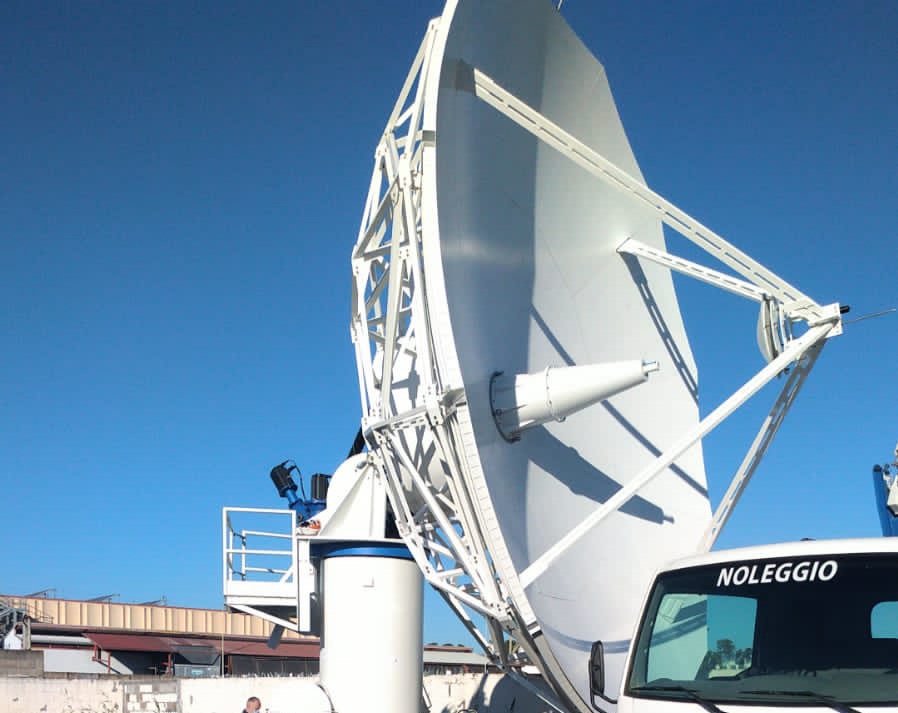
The construction of the Ka-band In-Orbit Test (IOT) antenna has already been completed, within the scope of the ANGOSAT project, before being shipped to the country's capital and installed at the Satellite Control and Mission Center (MCC), located in Funda .
According to what is revealed by the National Space Program Management Office (GGPEN), the final acceptance tests of the IOT antenna took place between 10 and 14 January 2022, in Italy. With this conclusion, it is expected to arrive in Luanda, in the first half of March 2022, with assembly and installation at the MCC also scheduled for March 2022.
It should be noted that the assembly and testing work will be supervised by GGPEN specialists, and that 15 GGPEN specialists will also be trained in the operation and maintenance of the said antenna.
BUT: Angosat-2 could be launched in the second quarter of 2022
According to what was disclosed by the Minister of Telecommunications, Information Technologies and Social Communication (MINTTICS), Manuel Homem, the development of Angosat-2 is currently proceeding without constraints, and as for possible problems in the development process of the Angolan satellite, he revealed that there are no constraints, so far, and where he noted that the teams dedicated to the project are committed in compliance with the schedule, which provides, among other points, for the completion and launch of the satellite, which could occur in the first half of this year.
Angosat-2 is done above 60%, and has some innovations and corrections of the mistakes made in Angosat-1, namely a transmission seven times more than the first device, which had 16 "transponders” (relays) in the C Band and six in the KU Band.
Angosat-2 will also have six "transponders” in Band C, 24 in Band KU and, as a novelty, a retransmitter will be added in Band KA.
With a total weight of two tons, Angosat-2 will also be a High Transmission Rate (HTS) satellite and will provide 13 gigabytes in each illuminated region (zones within the reach of the satellite's signal). The satellite will be based on the Eurostar-3000 platform and will have a useful life of 15 years.


![[Angola Startup Summit] 2024 Edition with reduction of startups](https://www.menosfios.com/wp-content/uploads/2024/04/Imagem-do-WhatsApp-de-2023-04-27-as-10.44.31-1-218x150.jpg)





[…] what the Russian diplomat revealed, his country will launch the Angosat-2 satellite within two months and that the initial difficulties have already been overcome and that with the entry into operation of the […]